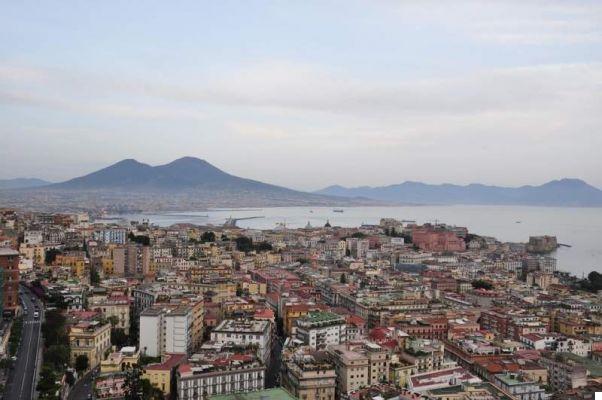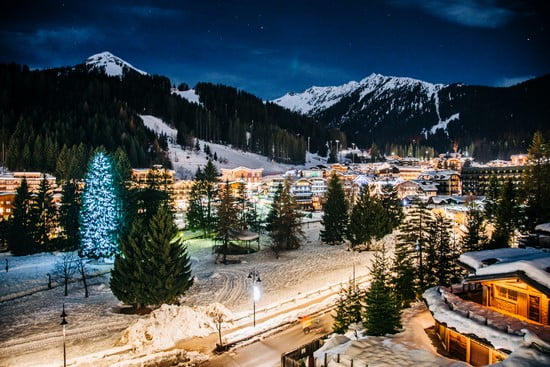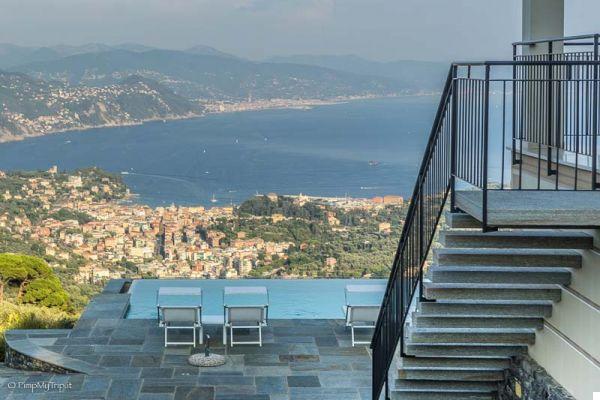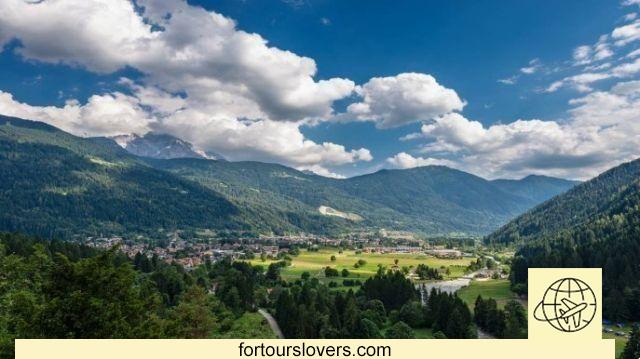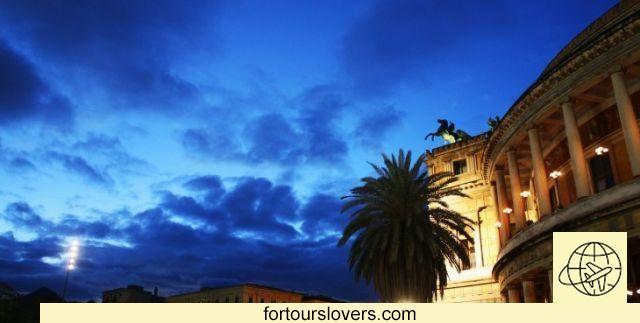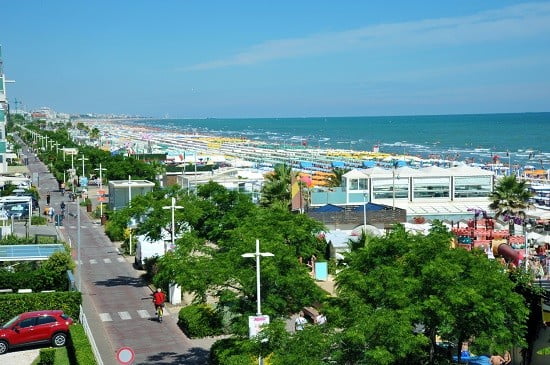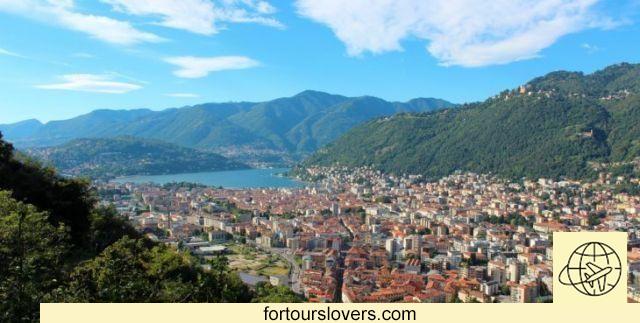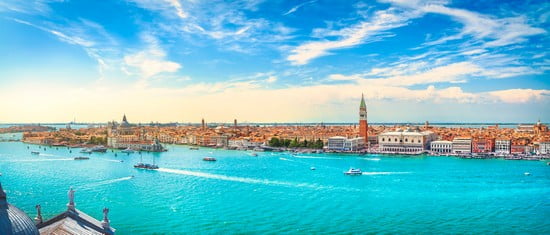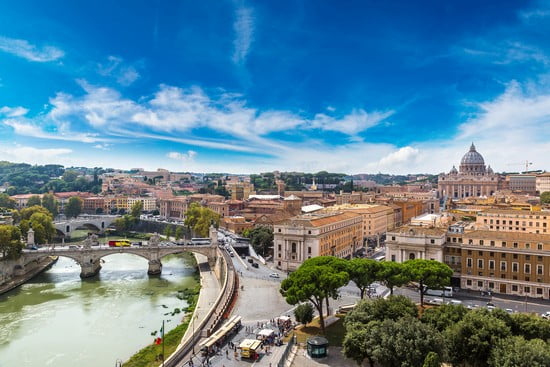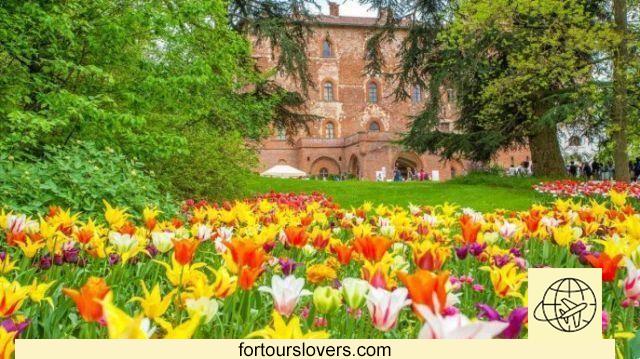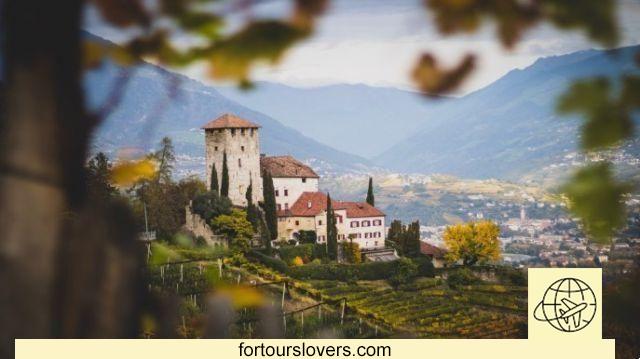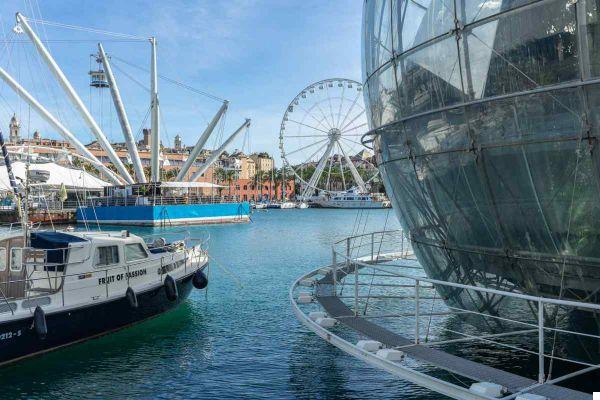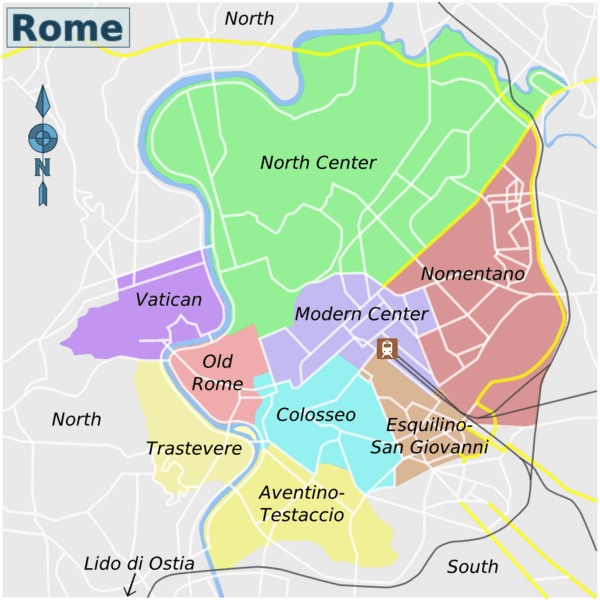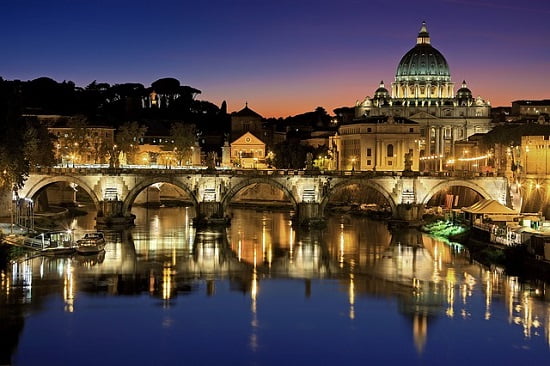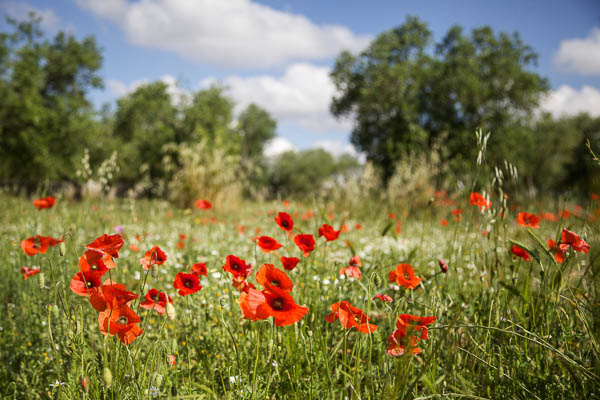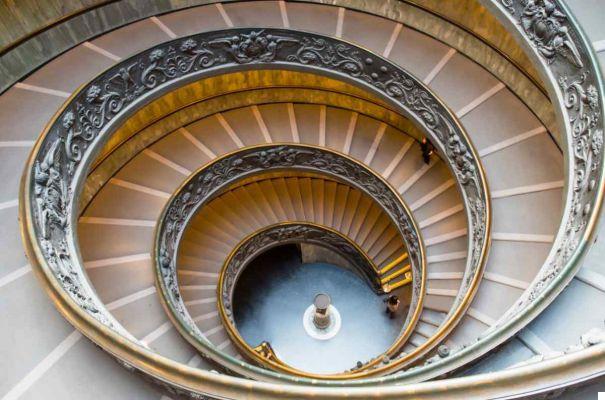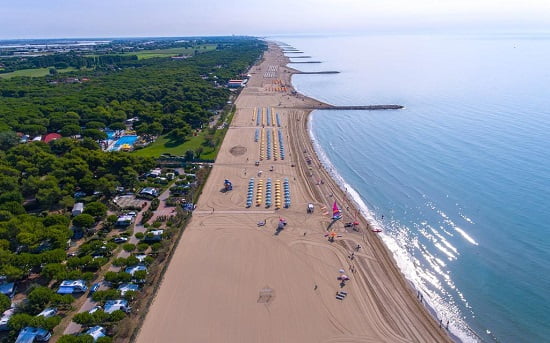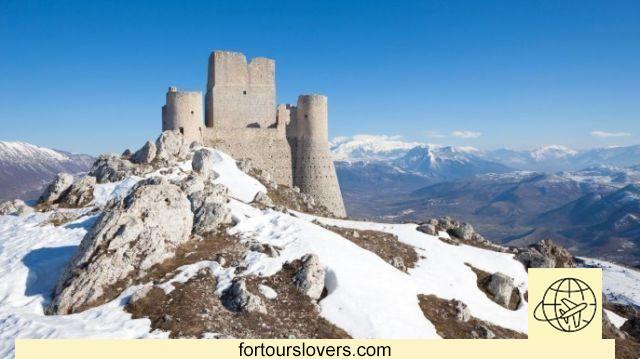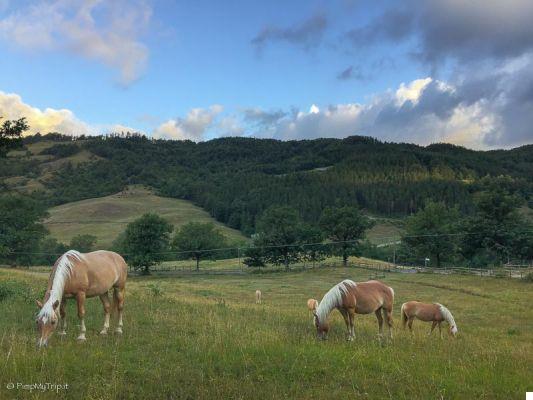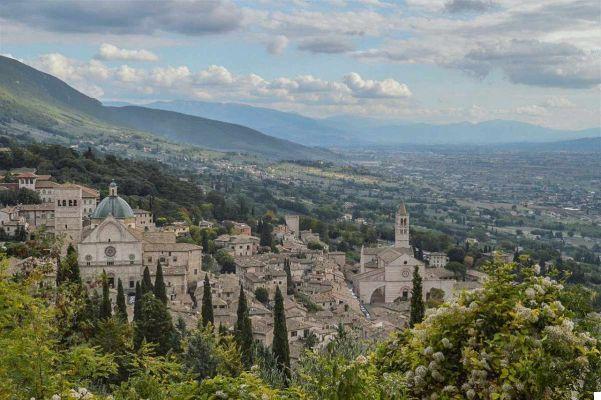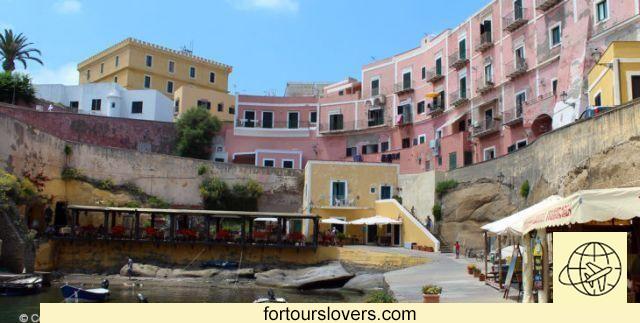
Ventotene
8 things to do and see in VentotenePandoitera ("Dispenser of all things"), Pandataria, Pandaria, Pontuteri, Bentilem, Ventotienand finally Ventotene. There are many names with which this small island halfway between Ischia and Ponza has been called over the centuries. Many names, but also many suggestions, agree in underlining the sense of separateness, that her appearing far from any human consortium. An aspect, the latter, of which the Bourbons were absolutely aware who, not surprisingly, transformed the neighbor islet of Santo Stefano in a security prison for political opponents. Idem, the fascist regime that confined many socialists, communists and shareholders to Ventotene and Santo Stefano, including Altiero Spinelli, author of that "Manifesto of Ventotene" who first foretold the birth of Europe as an antidote to nationalisms. Therefore, Ventotene is acontemplative island which, even in historically very unpleasant situations, has retained its spiritual dimension. Ventotene, however, is above all a beautiful island, ideal for a summer weekend dedicated to the sea, nature and relaxation. Below we see together the things to do on the island. Happy reading.
1 The prison of Santo Stefano
If not the first, one of the very first things to do once in Ventotene is theexcursion to the prison of Santo Stefano. The reason is that visits to the prison are made in the morning, generally at 10.30, and therefore if, as often happens, the stop in Ventotene is only for one day, it is necessary to organize immediately. Having said that, it is absolutely worth it: the guided tour of the Bourbon prison is essential to understand the sufferings suffered first by the patriots of the Risorgimento and then by the anti-fascists. Suffering that it is good to keep in mind because in the midst of deaths, suicides and psychic discomfort of many inmates, great men have been forged, just think of the unforgettable President of the Republic Sandro Pertini. In short, Ventotene has crossed history several times with a capital S and the prison of Santo Stefano is the proven proof (not the only one). For book the guided tour (often not possible) it is necessary to contact the staff of the Archaeological Museum (see point 4). Contacts to the site: www.riservaventotene.it (tel. 0771 85345).
2 The Roman port
Previously we recalled how the little Ventotene has repeatedly crossed the great History. The Roman port it is further proof of this. A'engineering work of great historical value which testifies once again to the level of civilization, and therefore of skills, reached by the Romans in the transition between the Republic and the Empire. It must be considered, in fact, that for the construction of the landing it was necessary to remove about 60000 cubic meters of tuff. Not only that, because in addition to excavating, the Romans also sculpted bollards, warehouses and docks to allow boats to be anchored. A'state of the art infrastructure, therefore, and sheltered from almost all winds with the partial exception of those of the south-east quadrant. As soon as you get off the hydrofoil or the ferry (which instead dock on the new port) the Roman port of Ventotene is still there to make a fine show of itself. Of course, today the depots are occupied by shops, bars and diving centers but, under the banner of modernity, the structure is still the one built millennia earlier. To be seen!
3 The Roman Peschiera
At the foot of the Ventotene lighthouse, not far from the port, there is another civil work of great ingenuity, also this made by Romans. We're talking about fishpond where they came from bred fish for the diet of members of the imperial court who, from time to time, for leisure (the Latin otium) or in exile, stayed on the island. Three basins dug into the tuff separated by gate valves with tiny holes which guaranteed the exchange of water but prevented the passage of fish. A model of fish farming avant-garde by the standards of the time (XNUMXst century AD) in which each tank corresponded to a different moment of breeding, from reproduction, to food, to the periodic cleaning of the rooms by the slaves. To be seen!
4 Villa Giulia
North of Ventotene, to be precise on the small promontory of Punta Eolo there are the remains of an ancient imperial villa, whose construction dates back to early Augustan age. A huge villa as well 300 meters in length e 100 wide conceived as the summer residence of the Emperor and his court but soon, by the Romans themselves, transformed into place of exile. Hence, the name of Villa Giulia by which it is most commonly known. Giulia, in fact, was one of the 5 women who for over a century (the others were Agrippina Maggiore, Livilla, Ottavia and Flavia Domitilla) lived in golden exile on the tiny island of Ventone. In addition to the slaves, the fish farm of the Roman fishpond and foodstuffs of all kinds, they had a spa department all to themselves, complete with calidarium, frigidarium e tiepidarium the remains of which are still visible during the guided tour. For the rest, the splendor of this ancient villa is now only imaginable: marbles, statues, columns and an infinity of other utensils and furnishings have been taken away over the centuries, at least starting from the 600s. For more information on the guided tour click here.
5 The Archaeological Museum
Born in 1983 following an exhibition on the finds of the Pontine islands exhibited in Rome, the Archaeological Museum of Ventotene is housed on the ground floor of the fort Bourbon where the common. Obviously, over the years, the finds have increased: a part of these has been found on the island; another part, instead, underwater, a reason that helps explain why Ventotene is one of the favorite destinations for diving enthusiasts. Of particular interest is the did it hurt at the entrance, a large clay vase that the Romans generally used to transport wine. In addition to this find, the small-large museum of Ventotene houses many amphorae, anchors, headstones, marbles e capitals (always attributable to the Roman period) and a whole series of didactic panels which instead trace the different historical phases of the island. For more information visit the place: www.riservaventotene.it.
6 Church of Santa Candida
La Church of Santa Candida è a must of a visit to Ventotene. A large parish on a small island, as if to underline the greatness of the Christian message capable of reaching every strip of land, even the most remote. At the base of the charm of the building, more than the architectural and artistic details, there is the inevitable question that arises once in the church. What will pastoral activity consist of? How do the faithful live during the winter? How many? What are they doing? Well, the feast in honor of the Patron Saint, on 20 September, provides a partial answer to the question. There attention to detail, from paper balloons, All 'gold with which the statue carried in procession is embellished, up to the inevitable fireworks final, suggests a work of months that engages the Ventotenese community. Therefore, September 20 is the most important day of the year for the island, the one that marks the transition from the fast rhythms of the tourist season to the slow, almost lethargic ones of autumn and winter. For more information on the masses, the pastoral activity and the statues present visit the place: www.parrocchiasantacandidaventotene.it.
7 The beaches
Ventotene, as we said at the beginning, is also - above all - one seaside resort. An island where you come on summer holidays to enjoy yours crystal clear sea. The beaches of Cala Nave e Cala Rossano, together with rocks near the lighthouse and the salt marshes not far from the Roman port are the only 4 points accessible from land, while by sea there are other bays and small inlets (Cala Battaglia, Punta Eolo, Punta Pascone, the Sconciglie) where you can stop for a swim. Special mention for Cala Nave, by far the most beautiful beach on the island and the most easily accessible. It is located a stone's throw from the port and alternates free sections with others under concession. Not to be missed!
8 Diving
Not far from Punta Eolo, about fifty meters deep there is the wreck of the Santa Lucia, a steamer especially by the British air force on 25 July 1943. The ship, which left Ponza and headed for Gaeta, should have made an intermediate stop in Ventotene but, due to the massive bombardment, it did not have time to sink with the passengers trapped on board. A tragedy, one of many, of the terrible one summer of '43 which after many years continues to move and excite. Meanwhile, the steamship wreck has also become one of the Ventotene's most famous diving spots. The island, in fact, is one of the favorite destinations for diving lovers which have several points where to dive to discover extraordinary depths that have nothing to envy to those of the most famous tourist resorts. For more information visit i sites: www.dwventotene.com and www.ventotenediving.it.




